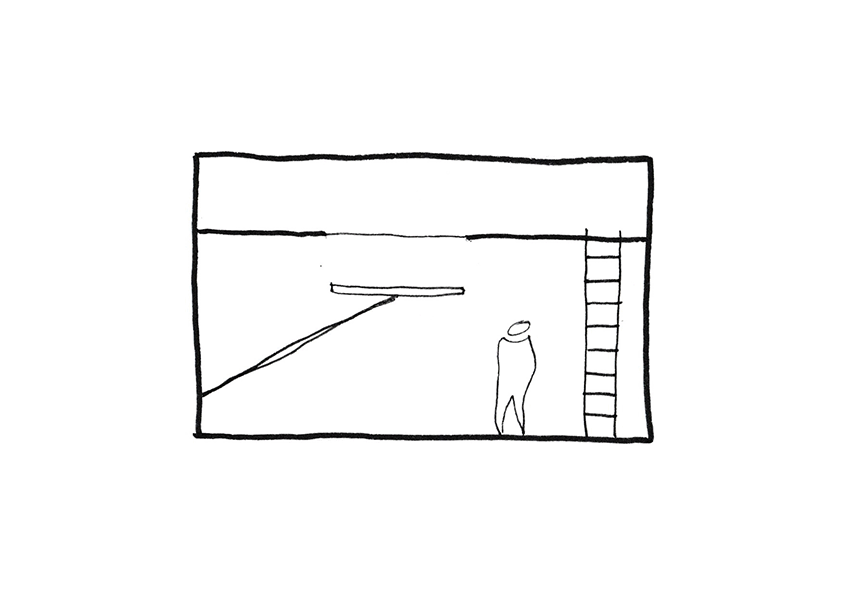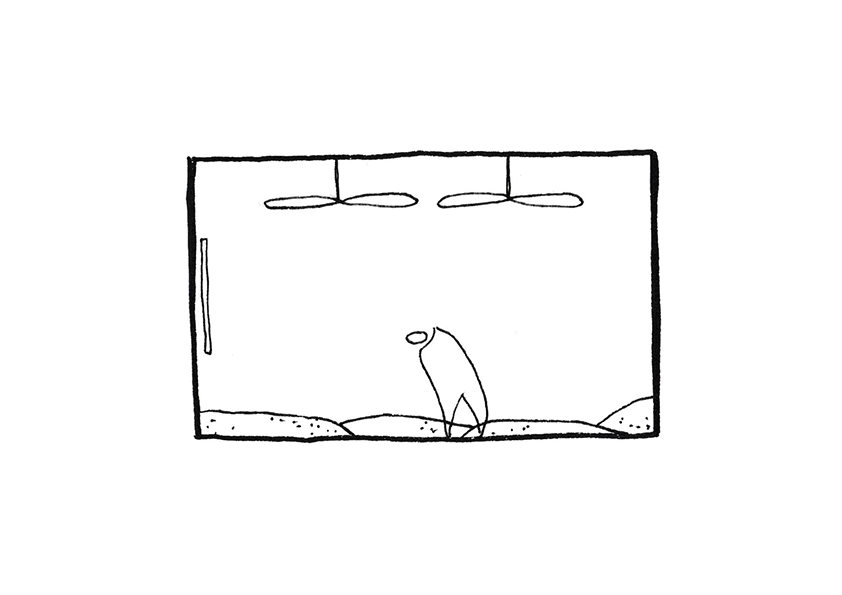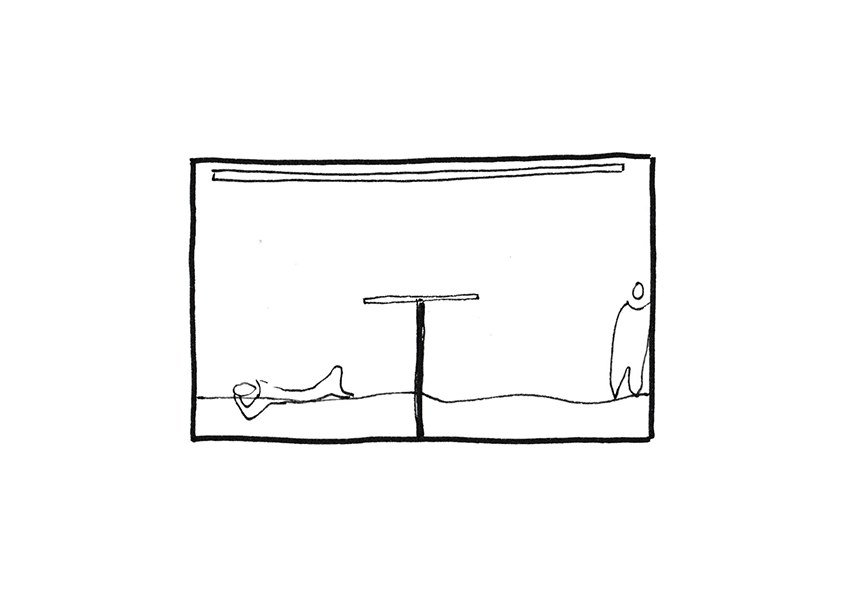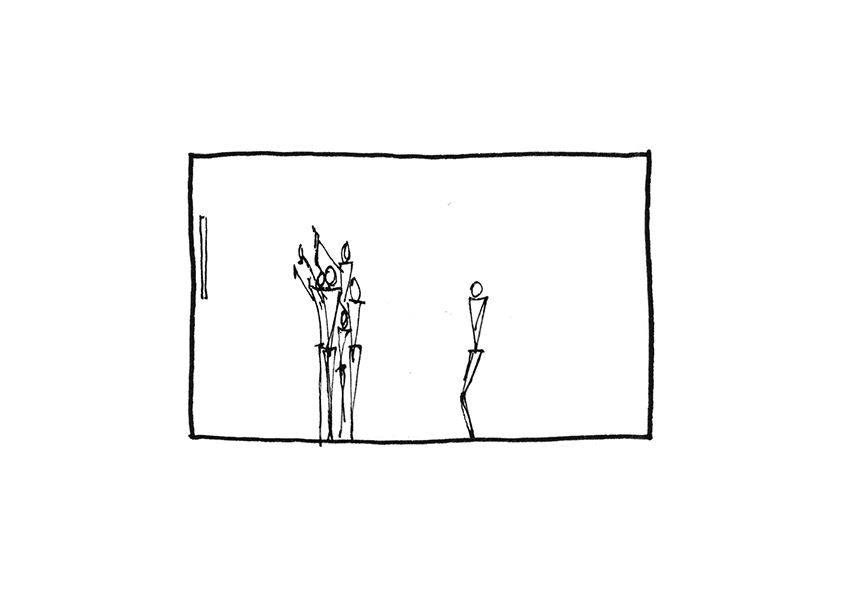The Encounter
For the final stage of my Proposal, I have chosen two specific paintings to respond to. The first painting I have chosen is "Tea Trees near Cape Schank, Victoria" by Eugene Von Guérard. This painting was chosen because it is a painting that I myself would not stop at. The challenge that I then gave myself was to then design a situation and encounter that would heighten the experience of viewing this artwork.

Guérard, Eugene Von,"Tea trees near Cape Schank, Victoria", 1865. Oil on canvas. NGV. https://www.ngv.vic.gov.au/explore/collection/work/82590/


Situation One explores the idea of suspense to create excitement around the painting. In order to create this suspense I have played with ideas of text, waiting, and mazes to heighten this experience.


Situation Two explores ideas of hidden glimpses and specific views of the painting to create a sense of mystery. This is to encourage viewers to spend time looking at the painting, whilst simultaneously activating the body.
Situation Three attempts to show why the painter chose the scene. Through adding wind, a textured floor and sounds from the location, this situation offers an immersive encounter with the painting. Here the body is asked to traipse through uneven floor, experience a small breeze and listen to the ocean, all before even viewing the painting.


Situation Four shields the actual painting from view in the hope to ignite a sense of curiousity for the painting. What lies behind the wall? How do we experience a painting if we can only see its mirrored reflection? What do we assume when we can only see glimpses of the painting
It also offers a completely new take of the painting by showing the back the painting rather than the front? What can you tell about a painting from the back? Stamps from travel, previous owners, dates and canvas makers.

How different is this painting viewed through a mirror? Is it a little unsettling?


Through hiding aspects of this painting, would you as viewer spend longer here, trying to visualise the full scene?


With the inclusion of the fox, this painting sways from a true depiction of Cape Schank, as foxes had not been migrated to Australia yet. In this selected glimpse, would you be able to tell it is of an Australian landscape?
The second painting that I chose was the "Mona Lisa"by Leonardo Da Vinci. This is the very opposite of the previous painting, not only is it very well known, people travel across the world just to see this painting. For this painting I aimed to design situations that can offer a new perspective on such a well known painting, and also change the experience of viewing this painting (crowd control).


Vinci, Leonardo Da, "Mona Lisa", 1503. Oil on canvas. Louvre. https://www.louvre.fr/en/oeuvre-notices/mona-lisa-portrait-lisa-gherardini-wife-francesco-del-giocondo

Situation One is an exploration into expectations of encounters. By hiding the Mona Lisa within a fogged room viewers who walk through the box become preoccupied and entertained by the fog and don't see the art right in front of them. Only once they are out are they told that they walked past the Mona Lisa.
Instead of waiting in line and being pushed around, the Mona Lisa is completely ignored by viewers none the wiser. It also adds a playful element to the encounter as viewers who want to go back in must walk all the way back around to find the entrance, prolonging the encounter and time spent looking at the Mona Lisa.

Situation Two is another exploration using mirrors to reflect the painting. Would you spend a long time in line if you could only see a reflection of it? Do the eyes still follow you in a mirror. This exploration encourages viewers to spend time, lie down and enjoy the Mona Lisa, rather than being rushed through and taking a quick photo on your phone.

How long would it take for you to realise this painting had been flipped?
Situation Three creates a playful encounter with the Mona Lisa. With a fishbowl effect this design offers viewers a unique perspective on the painting. This situation hopes to add a new layer to the famous painting and provide a whole new way to view art.







Perhaps these warped version of the Mona Lisa, hold your attention a little longer, as you begin to notice aspects of the painting you hadn't before/. Or perhaps this is a more entertaining and playful version of the original.


Situation Four is an iterative design that exaggerates the existing viewing conditions for the Mona Lisa. The first design ponders what happens if when you walk through you are supposed to only view the painting through the screens of others.
A second iteration removes the painting all together offering a live projection of the painting. How does this change the scale and the time spent looking at the painting?
The third, removes all visual of the painting and is a recording of a voice describing the Mona Lisa.
What is the importance of physically seeing the painting if you can experience the painting for longer, larger and more solitary moments?




